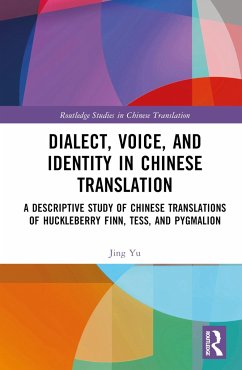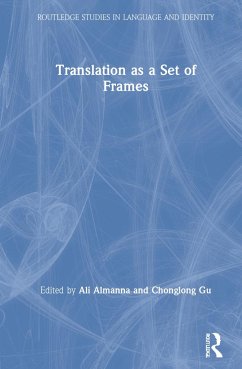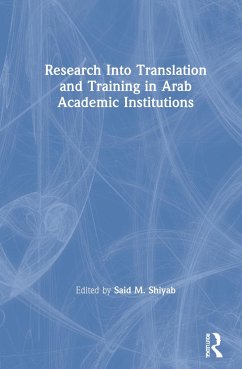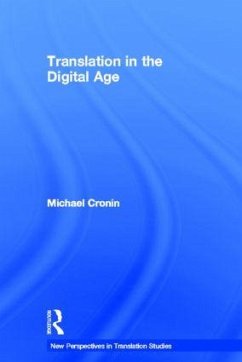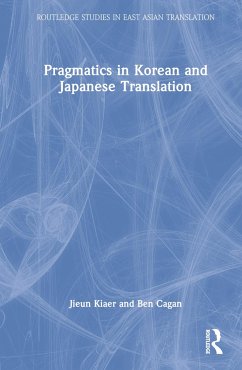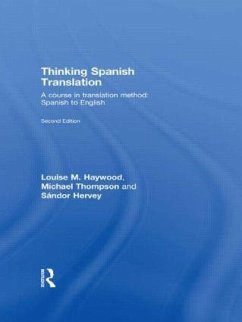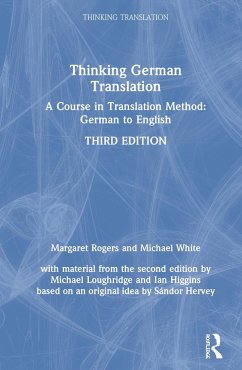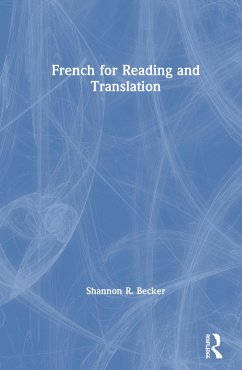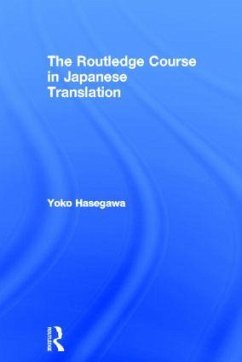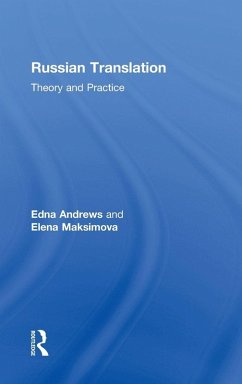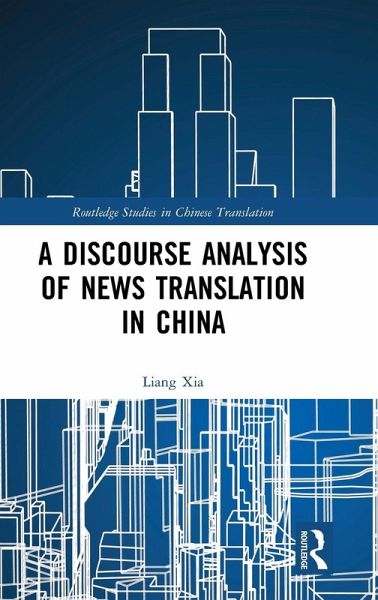
A Discourse Analysis of News Translation in China
Versandkostenfrei!
Versandfertig in 1-2 Wochen
174,99 €
inkl. MwSt.
Weitere Ausgaben:

PAYBACK Punkte
87 °P sammeln!
A Discourse Analysis of News Translation in China offers hitherto underexplored inroads into Chinese media through insider perspectives on a unique Chinese newspaper, Cankao Xiaoxia which not only is the largest circulating newspaper in China but is also unique in that its news consists entirely of stories translated from foreign news sources.




